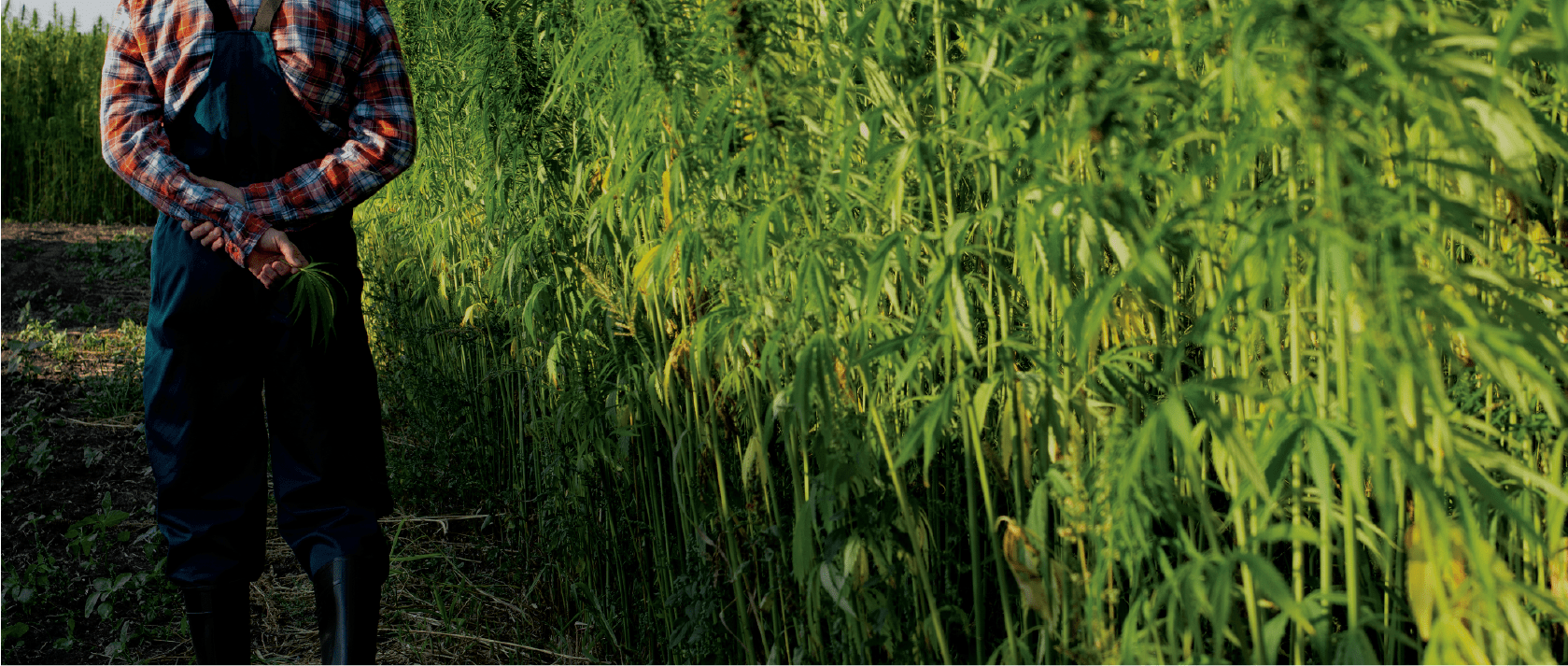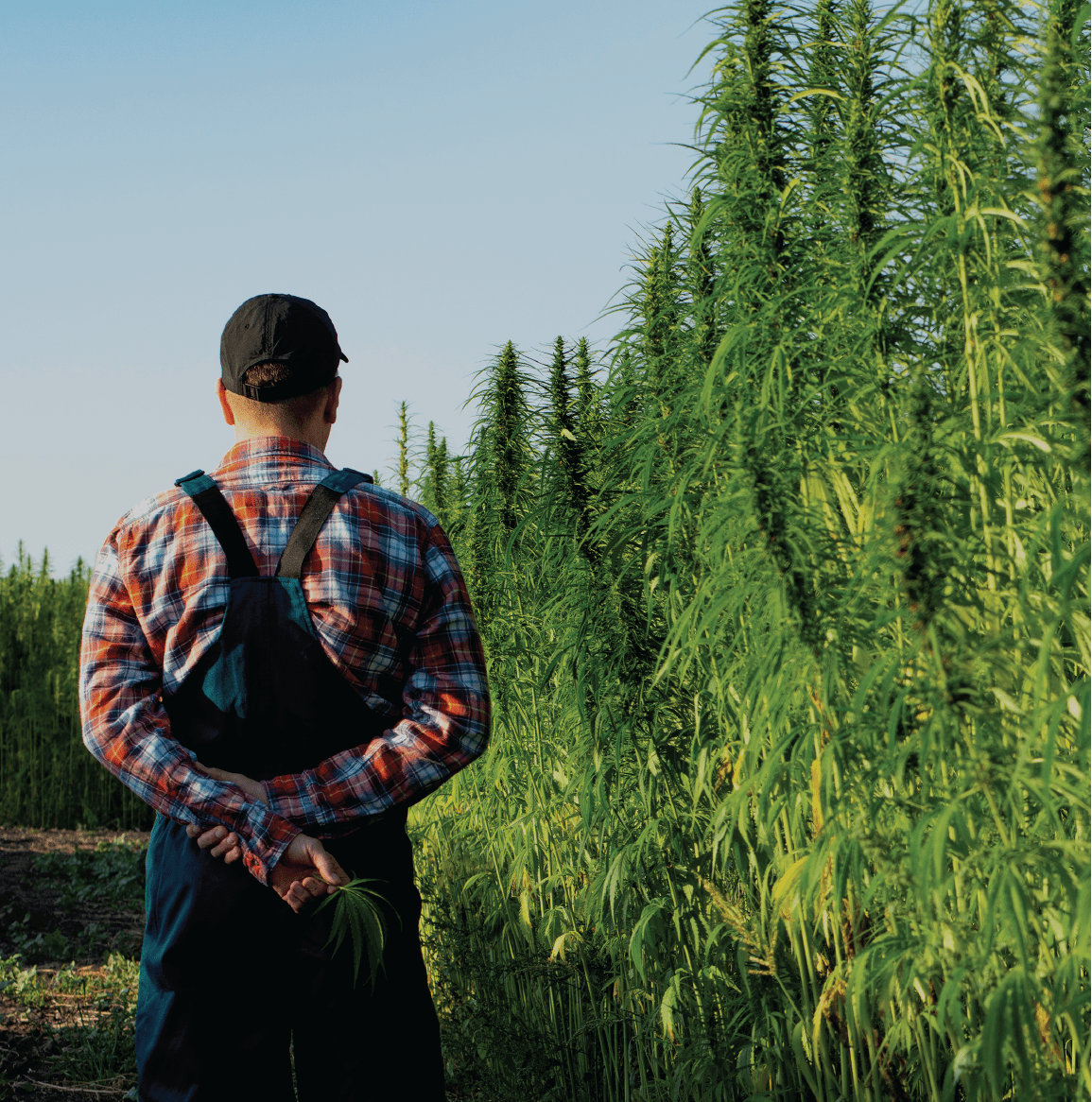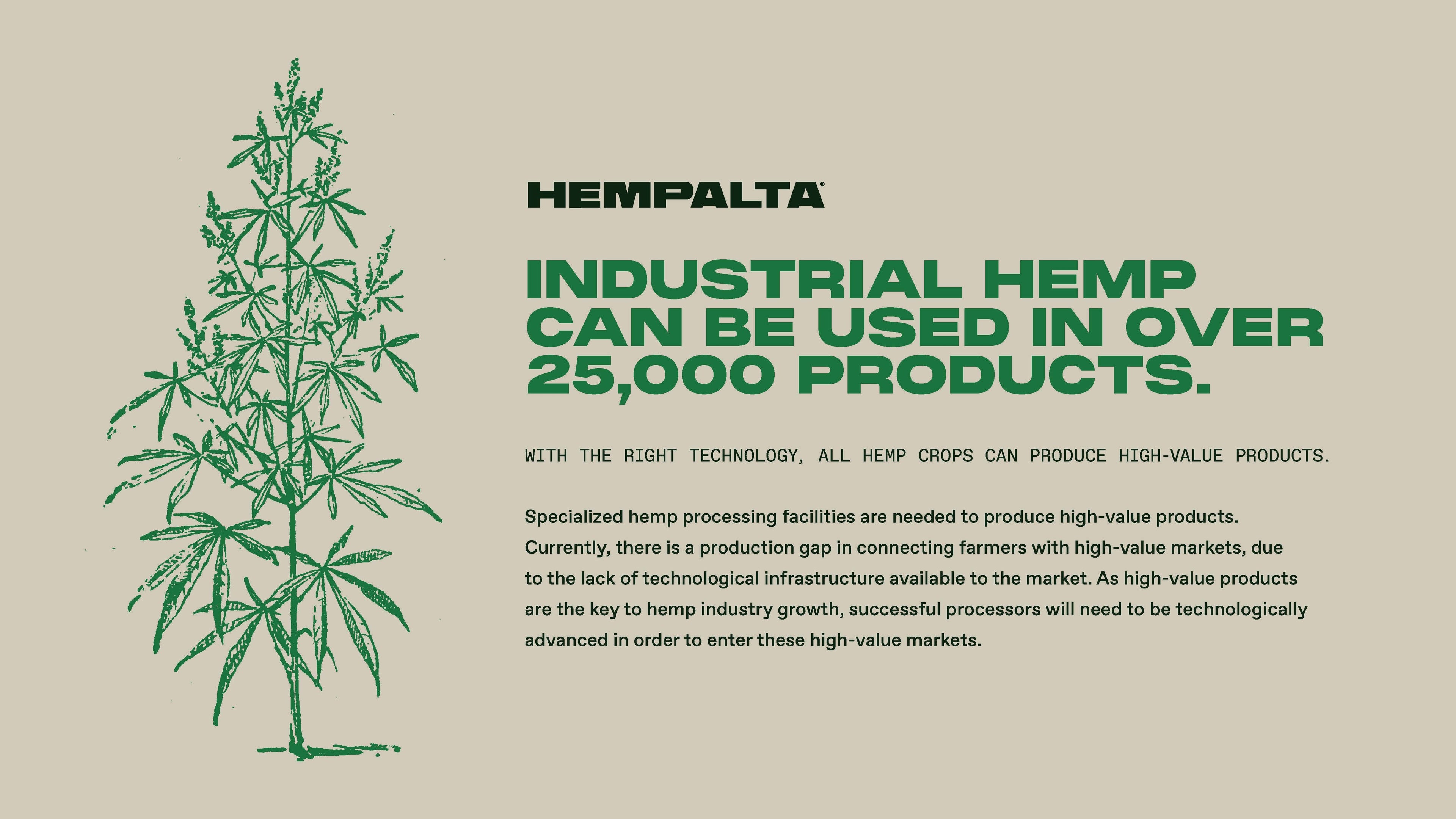
The Power Of Hemp
Hemp is 100% biodegradable, recyclable and reusable. All parts of the hemp plant can be used and put back into the earth. Hemp has high versatility and can be grown in any climate or soil conditions; making it a sustainable option for many products. The crop is robust and quick growing, allowing it to grow in tight spaces, which ultimately maximizes land use. In addition, hemp is able to outgrow weeds, which eliminates the use for pesticides and herbicides. Hemp is the second fasting growing plant, behind bamboo, giving it a high biomass yield.

Sustainability in the Future of Chemistry
In the last 30 years there has been an emergence of green chemistry and green engineering sustainable practices pressuring chemical companies to design eco-friendly products and processes. These chemical companies have shifted their resources to producing advanced bio-fuels, bio-based products, catalysis, renewable chemicals and waste transformation from conventional products that often leave pollutants behind. The societal demand for products such as biodegradable plastics, safer feedstock and more sustainable paints, coatings and solvents has increased in recent years, and it is estimated that the green chemistry industry will rise from $11 billion in 2015 to nearly $100 billion in 2020. The innovation of green technologies and shift to become more sustainable has paved ways for the bio-composite industry to have a prominent future in supplying people with effective eco-friendly best practices, products and processes. This shift has put natural products such as hemp in the cross-hairs of the manufacturing industry.
Reference: Chemours. Pushing Towards Sustainability. Chemistry & Engineering News. June 2017, pp 26–29.

Environmental Benefits of Hemp
-
Conserves Forests & Reduces Deforestation
Hemp is a suitable replacement to wood fiber in many applications such as paper. Hemp’s fiber is more durable and can be recycled for more uses than wood fiber. This replacement solution would cut down on the number of trees being cut down for logging purposes; thereby reducing deforestation — which contributes to 15% of global greenhouse gas emissions — and save forests for wildlife habitats, oxygen production and carbon sequestration. In addition, hemp fiber is pulped using less chemicals than wood fiber due to its low lignin content. Hemp’s natural brightness removes the need for chlorine bleach to whiten paper and eliminates dioxin — a toxic substance — being releases in the environment. Lastly, hemp plants grow a lot quicker than trees and can yield as much paper in 1 acre as trees can yield in 4 acres.
-
Improves Soil Enrichment
Hemp’s root system improves soil health and reduces water pollution. Hemp’s deep roots penetrate the soil within 6 weeks of being planted and can extended down 8 feet below the surface. These deep roots use ground water and reduces salt deposits in the water. These roots can also break up compact soil, providing aeration; which allows nutrients to enter the soil. Aeration helps control topsoil erosion which ultimately reduces water pollution. In addition, hemp is a natural repellent of pest, thereby limiting the amount of pesticides, herbicides, and fungicides used. Limiting the amount of chemicals used reduces air pollution and improves soil conditions as it is beneficial to crop rotation; allowing the same soil to be uses for years
-
Reduces Greenhouse Gas Emissions
Hemp can be used to eliminate emissions by converting CO2 into hydrocarbons and water. The CO2 is only re-released into the atmosphere when the hemp is composted or burned. In addition, hempcrete, a construction material that is made of hemp hurd fiber and lime mixture, is energy efficient due to its high thermal insulation. It is reported that hempcrete removes 1.63 tons of CO2 per hemp ton produced.
